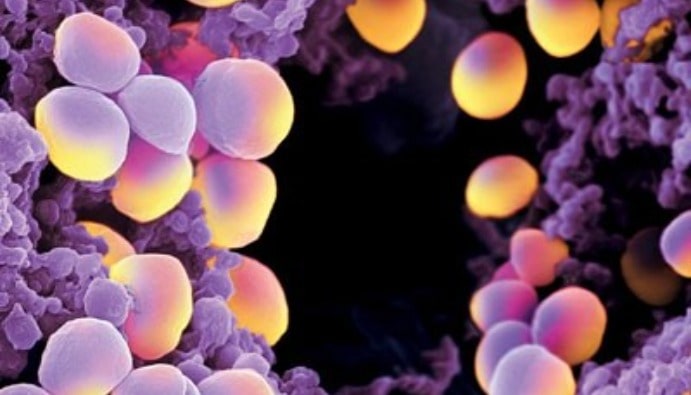
BLOG
KATEGORİDEKİ DİĞER YAZILAR

Staphylococcal enterotoxins are toxic proteins produced by Staphylococcus aureus bacteria under certain conditions. These toxins can contaminate food and cause food poisoning in humans. These toxins are particularly dangerous because they are heat stable and cannot be easily inactivated by processes such as cooking.
Common foods:
Staphylococcal enterotoxins are a water-soluble group of simple proteins. Enterotoxigenic staphylococci produce enterotoxins in foods that affect the digestive system and cause “Staphylococcal Food Poisoning”. S. aureus is the most important enterotoxin-producing staphylococcal species.
Staphylococci are pathogens that adversely affect human health. They usually settle on the skin and mucous membranes of the mouth and nose, skin of the hands and feet, hair follicles such as hair and mustache, and the ear canal. S. aureus becomes dangerous in case of a decrease in body resistance, an increase in the number of bacteria in the body or the formation of enterotoxins.
Staphylococcal enterotoxins are not destroyed at pasteurization temperatures, which are thermostable. Especially in dairy cows, mastitis is caused by S. aureus. “Staphylococcal food poisoning” occurs when at least 100 ng of enterotoxin is present in 100 grams of food.
S. aureus can be found in the nose or on the hands, especially in people working in the food industry. In food products, stefylococci are sought and, if detected, we can have an idea about production, operational hygiene, personnel hygiene and the working environment.
To prevent the formation of staphylococcal enterotoxins, a comprehensive safety approach should be adopted throughout the food production chain.
Nanolab Laboratories Group continues to provide services within the scope of Staphylococcal Enterotoxin Search. We also provide services for the Detection of Pathogenic Staphylococci.
Contact us for more information.
You can follow us on LinkedIn for up-to-date news and posts about our services.
Follow our Instagram account to be informed about our latest blog posts.